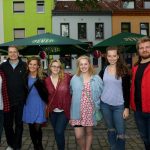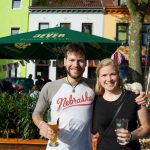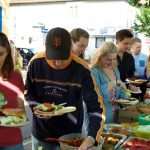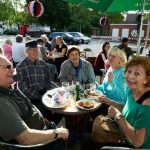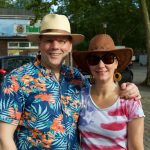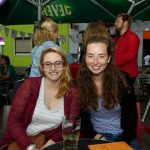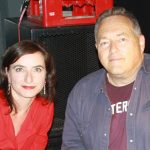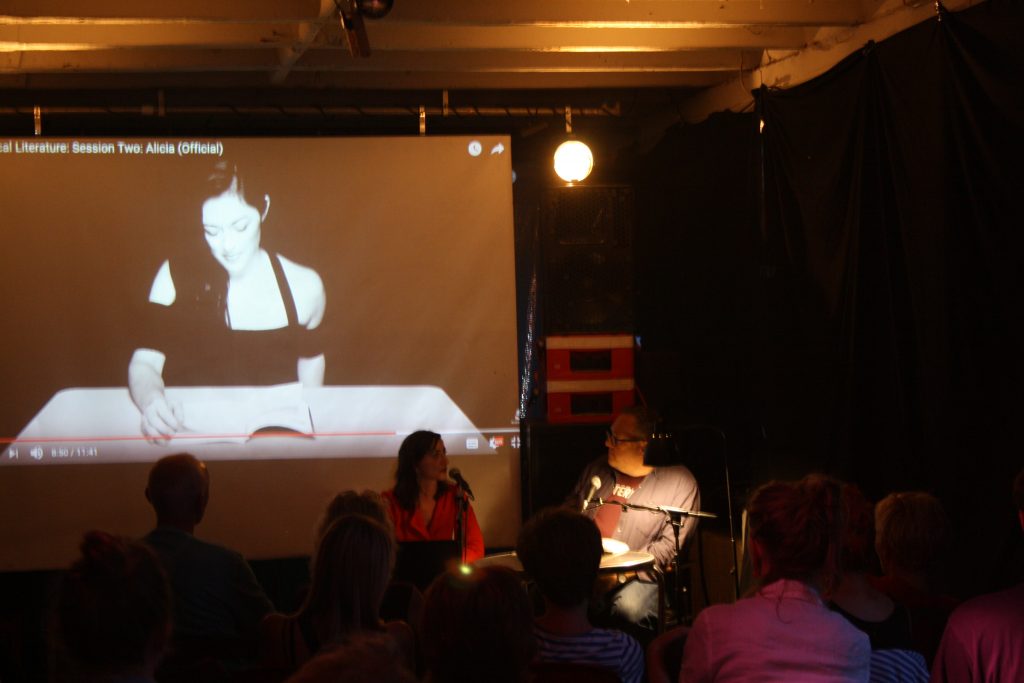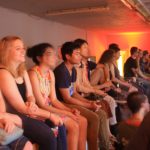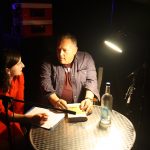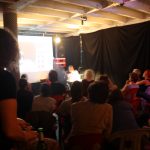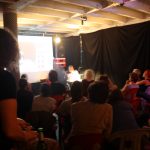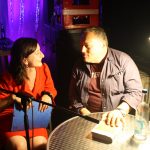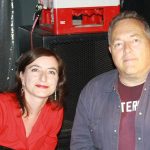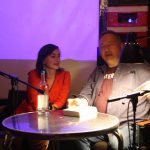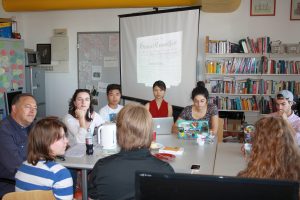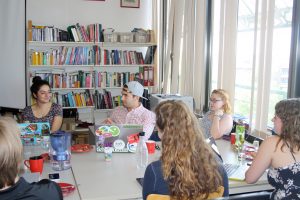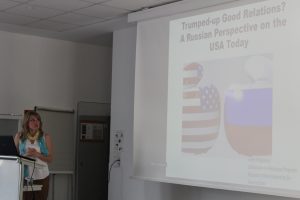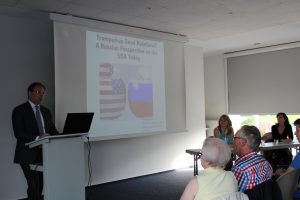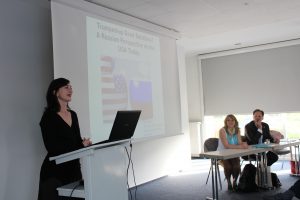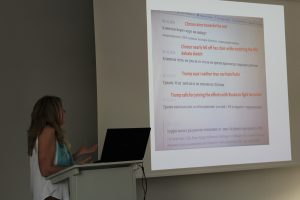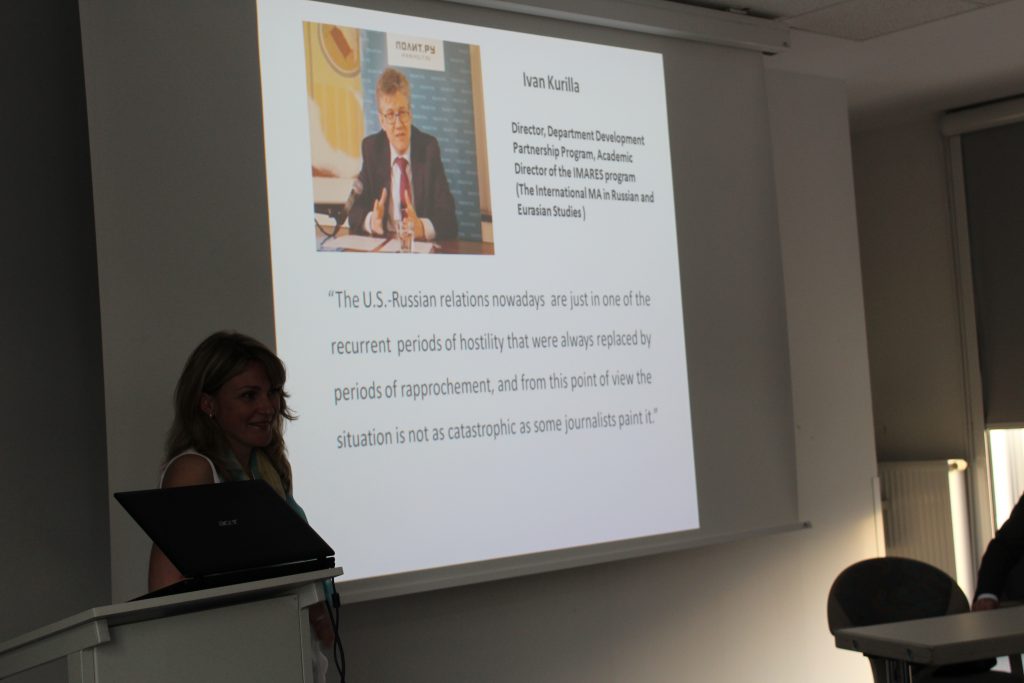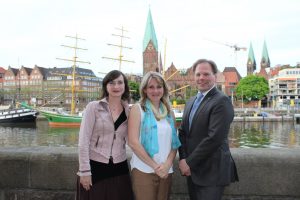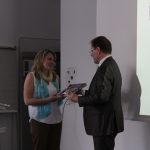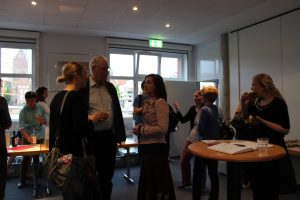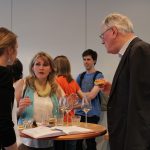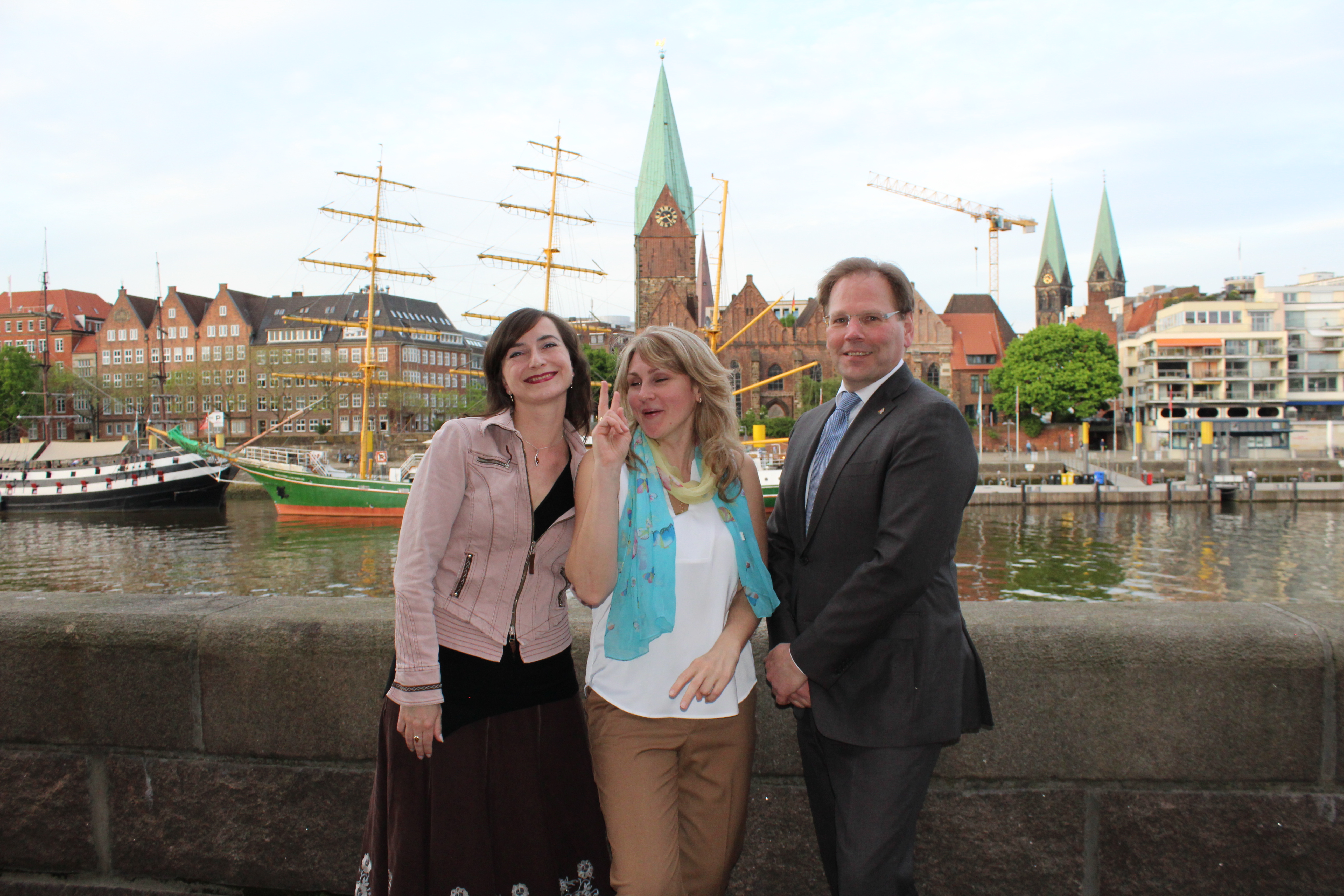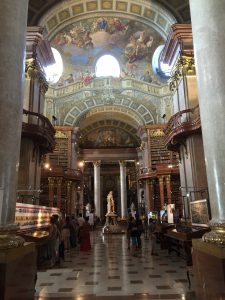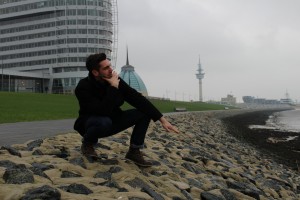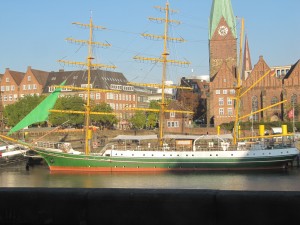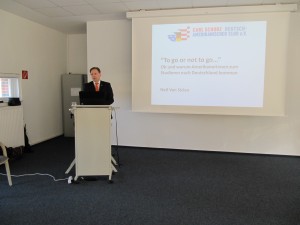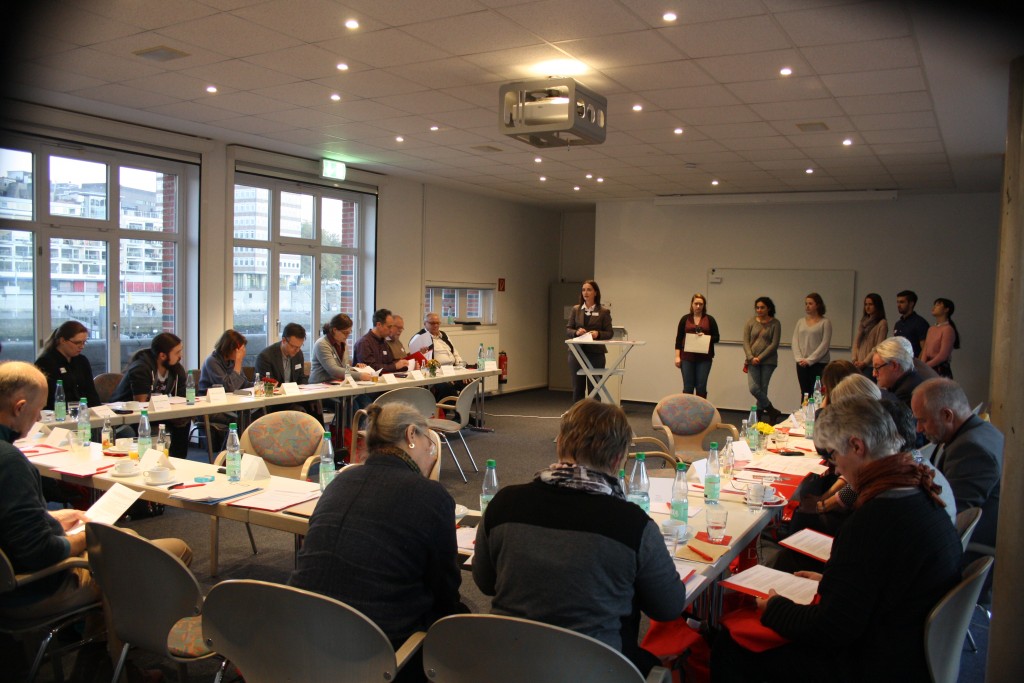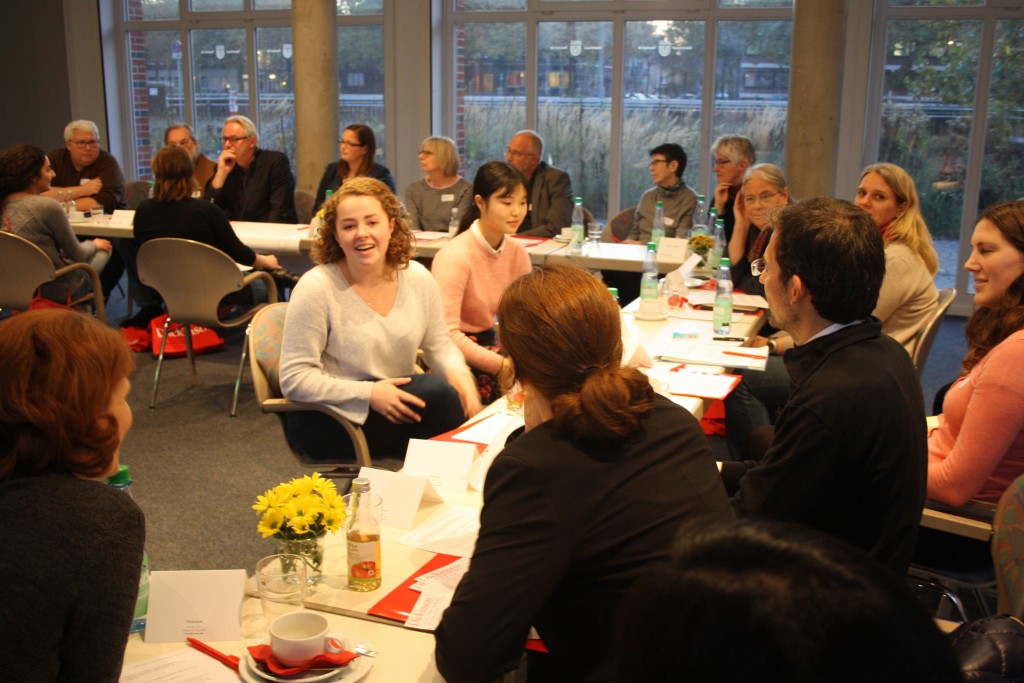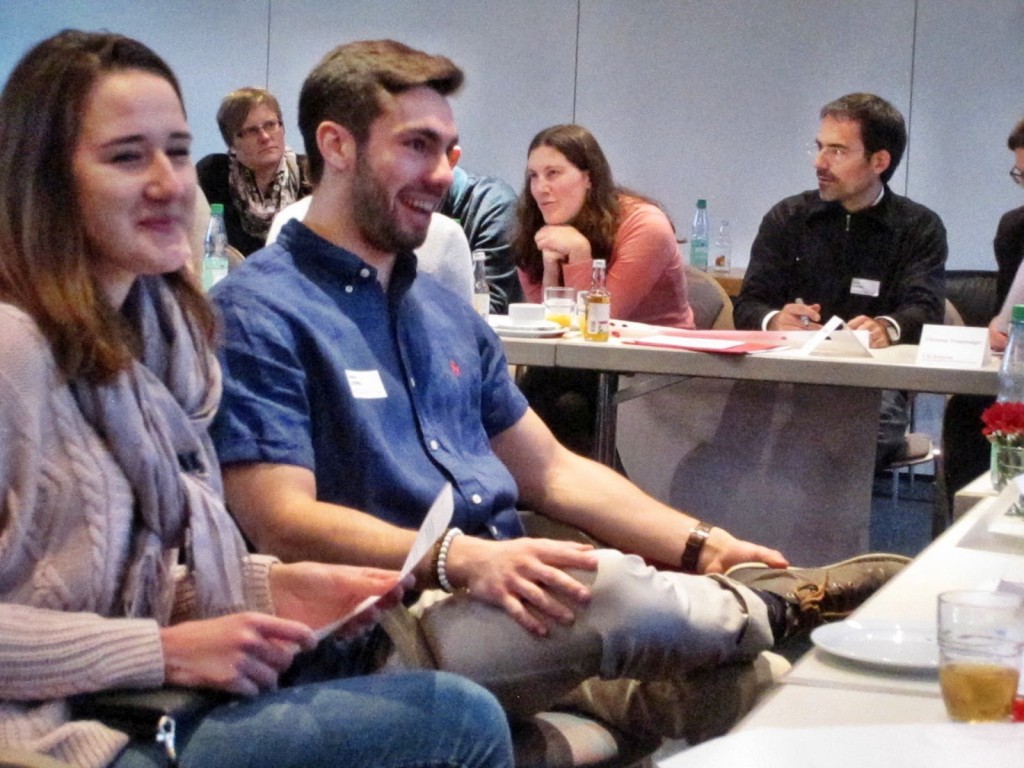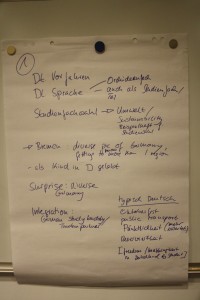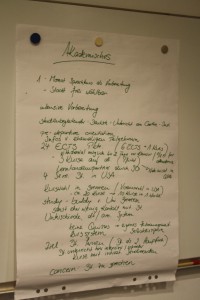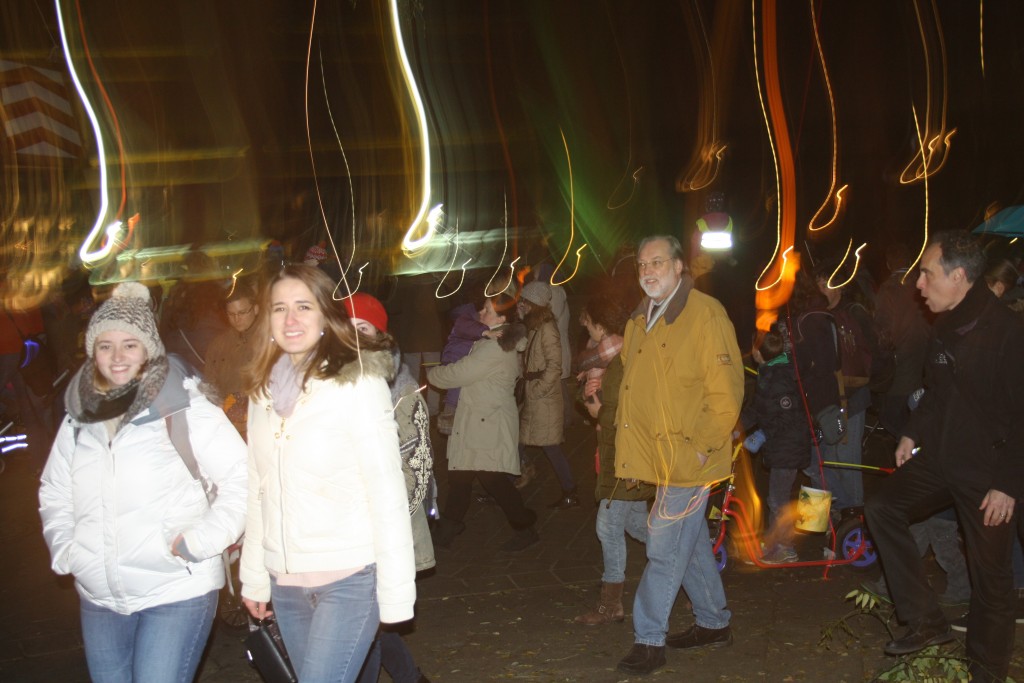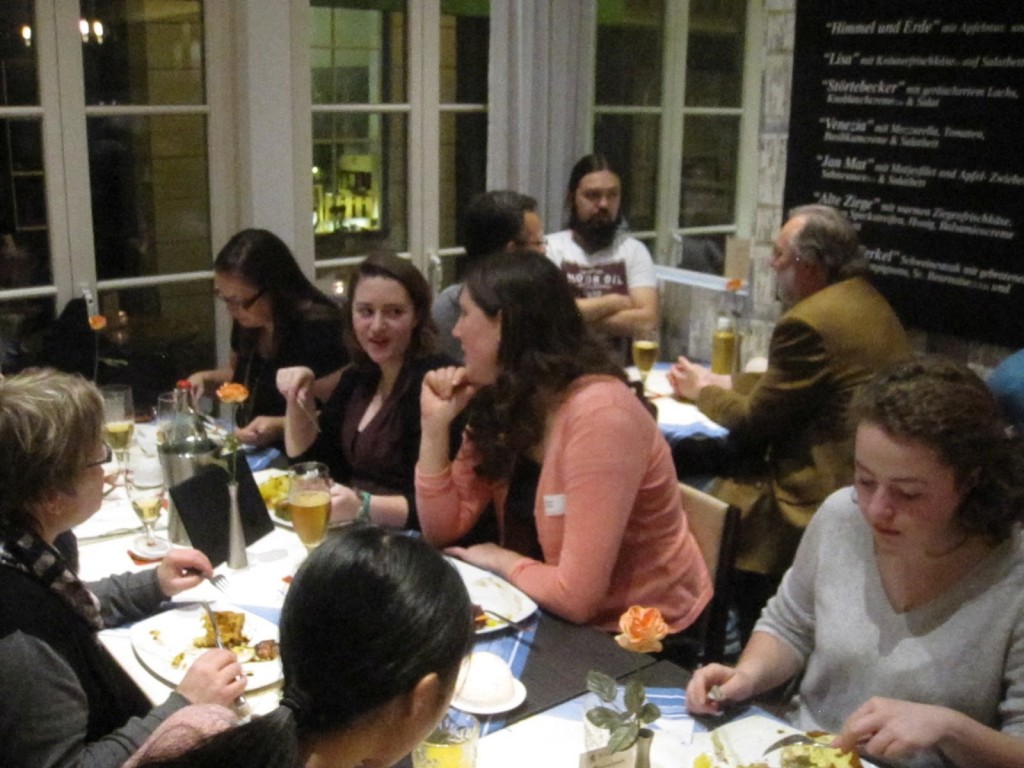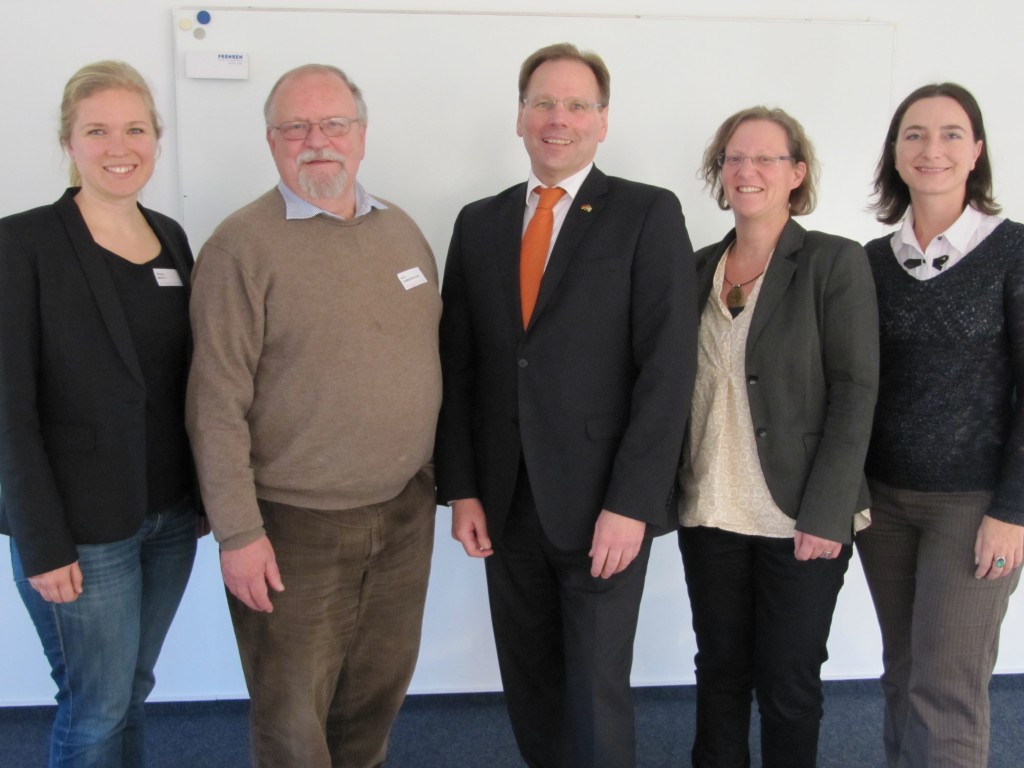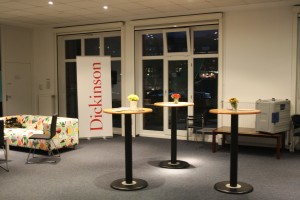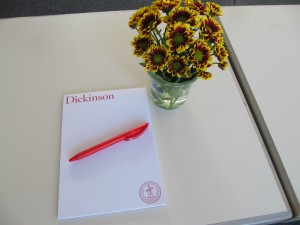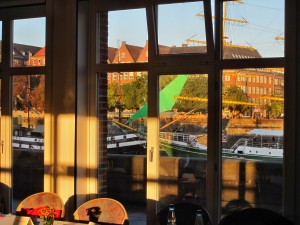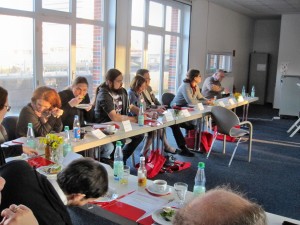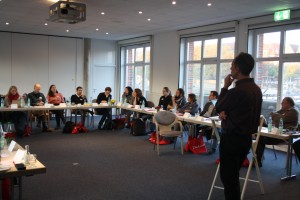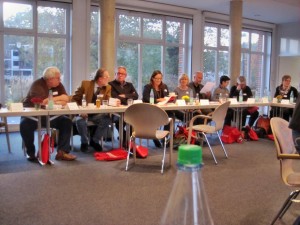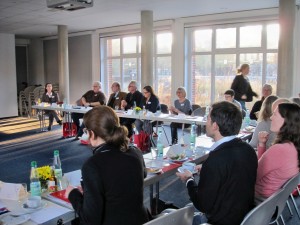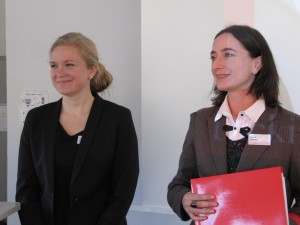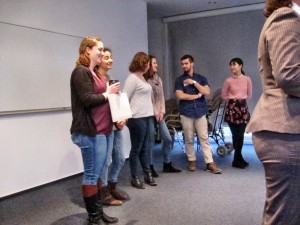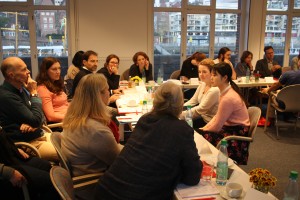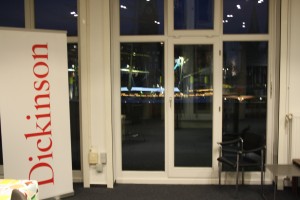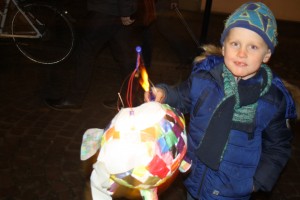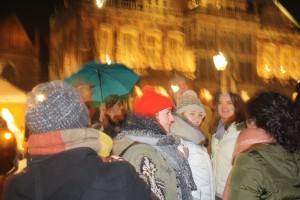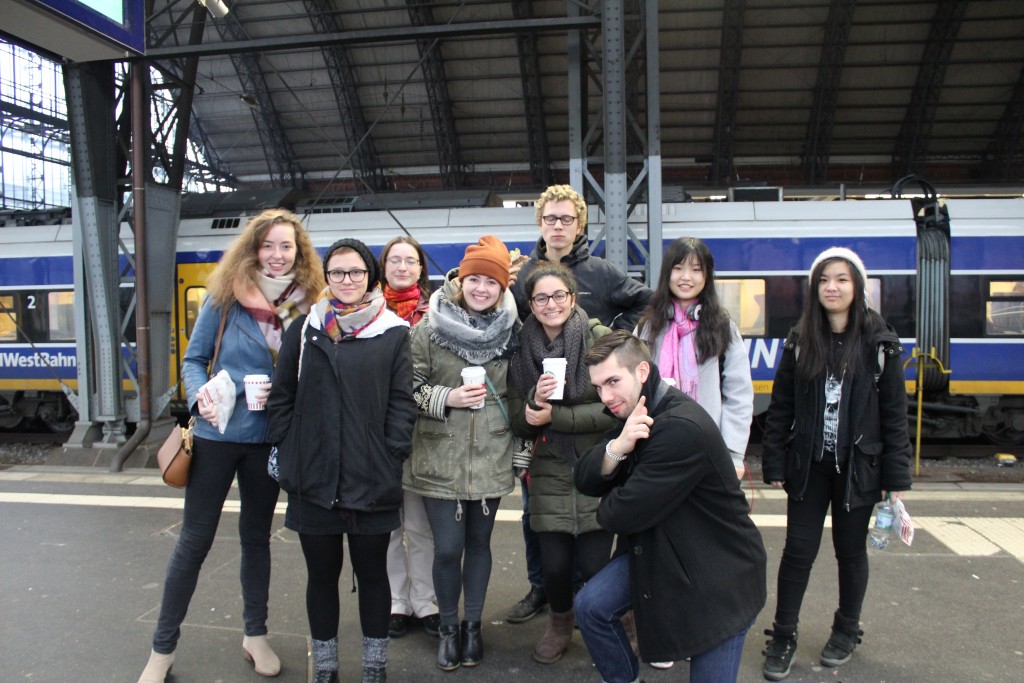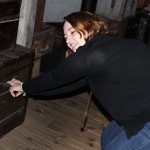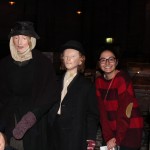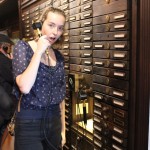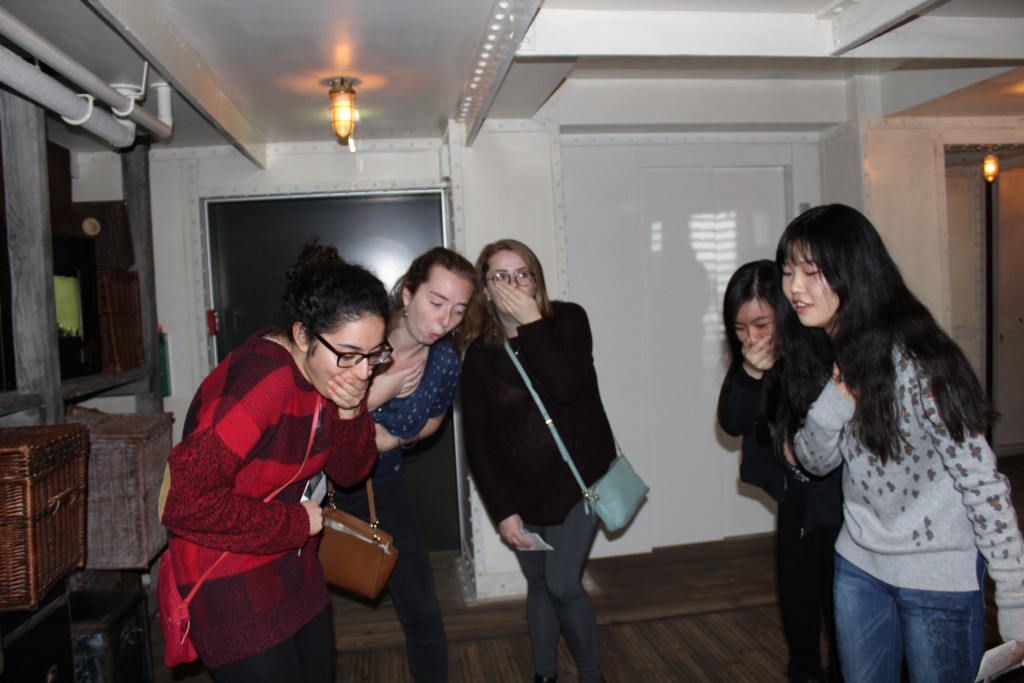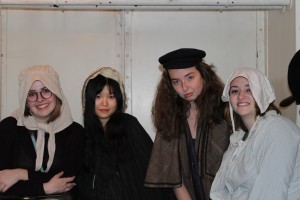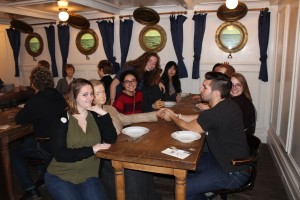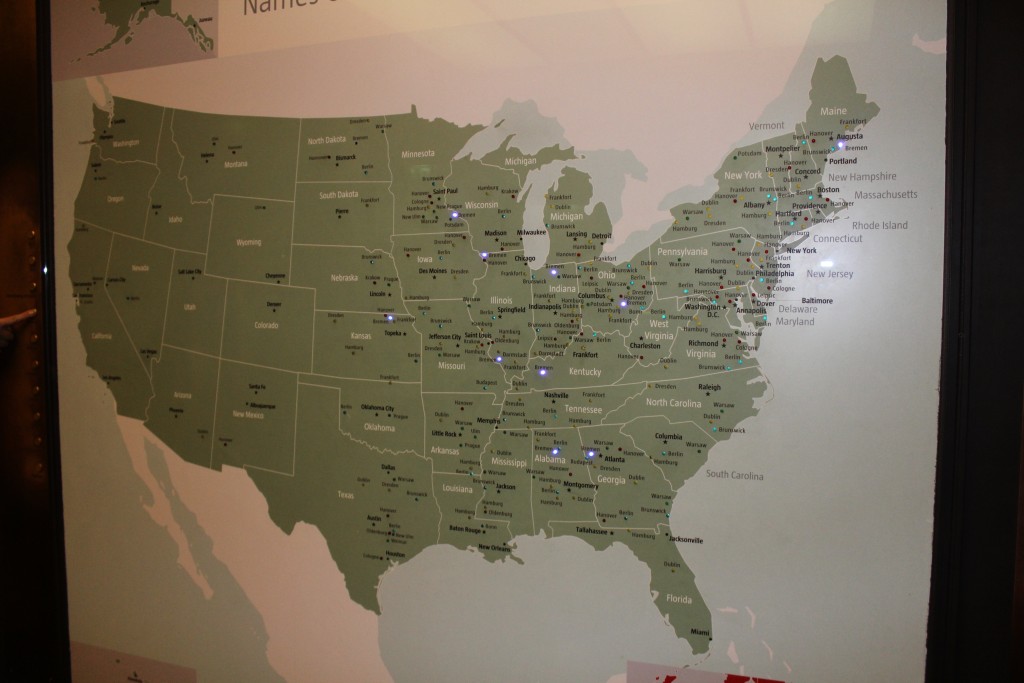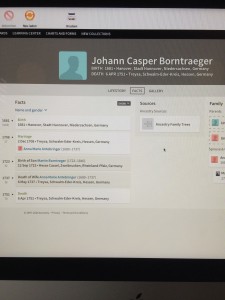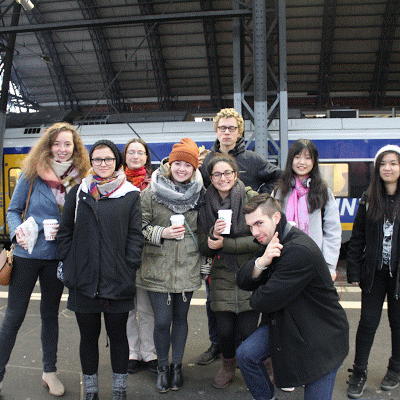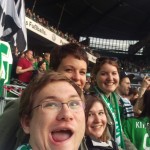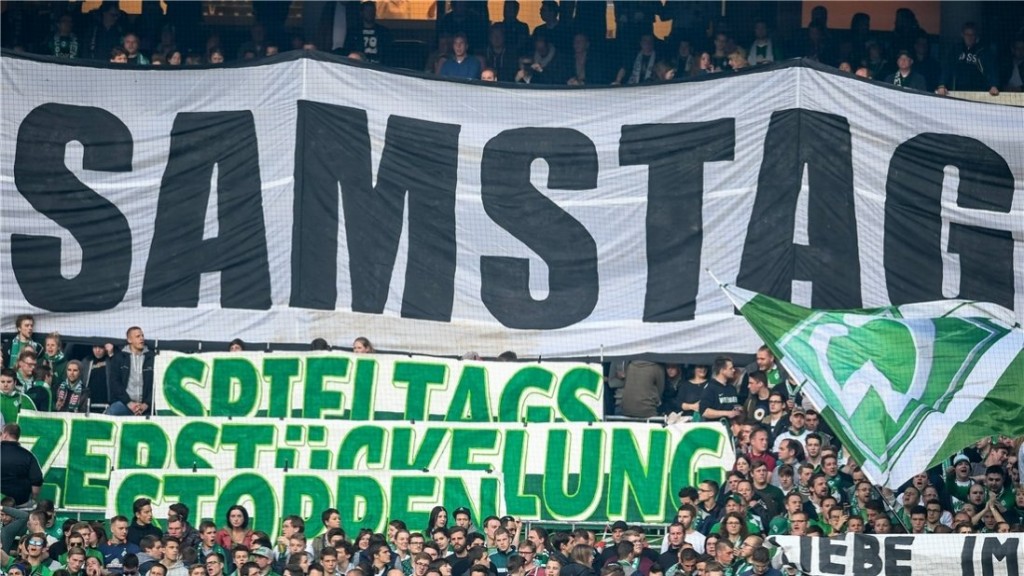by Lee Mottola ’18
It was an idea born in the streets of Vienna. Originally I wasn’t convinced I could or even wanted to do it, but after deep discussion with my Program Director and Professor Dr. Janine Ludwig, my idea for the Kurth-Voigt Research Project was born. Only days after writing my proposal to research the coming federal elections in Germany, and what that would mean for Germany’s future in the NATO alliance, specifically what their plans were regarding the now infamous 2% military spending goal for members, I had heard that I was awarded the scholarship.
Research began immediately upon my return to Bremen from our class trip to Vienna, with the guidance of both Professor Ludwig and Professor Ulrich Franke of the University of Bremen and INIIS (“Institut für Interkulturelle und Internationale Studien”) I discovered various sources, from German talk shows to parliamentary speeches, which deepened my knowledge on the subject and its complexities. But any student could have found these very same sources and used them to write a paper whether they were in the US or in Bremen beside me, that is why I was determined to differentiate the content of my research by getting first hand accounts and information directly from those shaping these important decisions. To that end I reached out to German politicians of all parties and coalitions, as well as members of the German NATO community. Not all of my efforts were successful and many of those I tried to contact were too busy to schedule an interview at the time. However in the end I was able to conduct four interviews with members of the German parliament, Johannes Kahrs (SPD), Dr. André Berghegger (CDU), Florian Hahn (CSU) and Dr. Tobias Lindner (Grüne) in their offices in Berlin and Hamburg to discuss their expectations for the coming election and how it would influence Germany’s future role in NATO.
After months of collecting all this data, in July it finally became time to sit down and write this paper. What I originally anticipated as being a 20-25-page research paper quickly grew beyond my expectation simply because of the detail and complexity of the subject. A lot of blood, sweat, tears, and Club Mate (an amazing energy drink made of yerba mate tea) were poured into my work. There were many days when I wanted to chuck my laptop out of the five-story high window of the Dickinson room on the Uni Bremen campus dashing all my work asunder, but in the end I persevered and delivered the final 34-page copy of my “Magnum Opus” mere days before leaving Bremen. Of all the things I did while abroad, of all the opportunities I took, this research project, though incredibly demanding, frustrating and at times down right tortuous, is my proudest moment from the year abroad. And it never would have happened if not for a stroll through the streets of Vienna.

